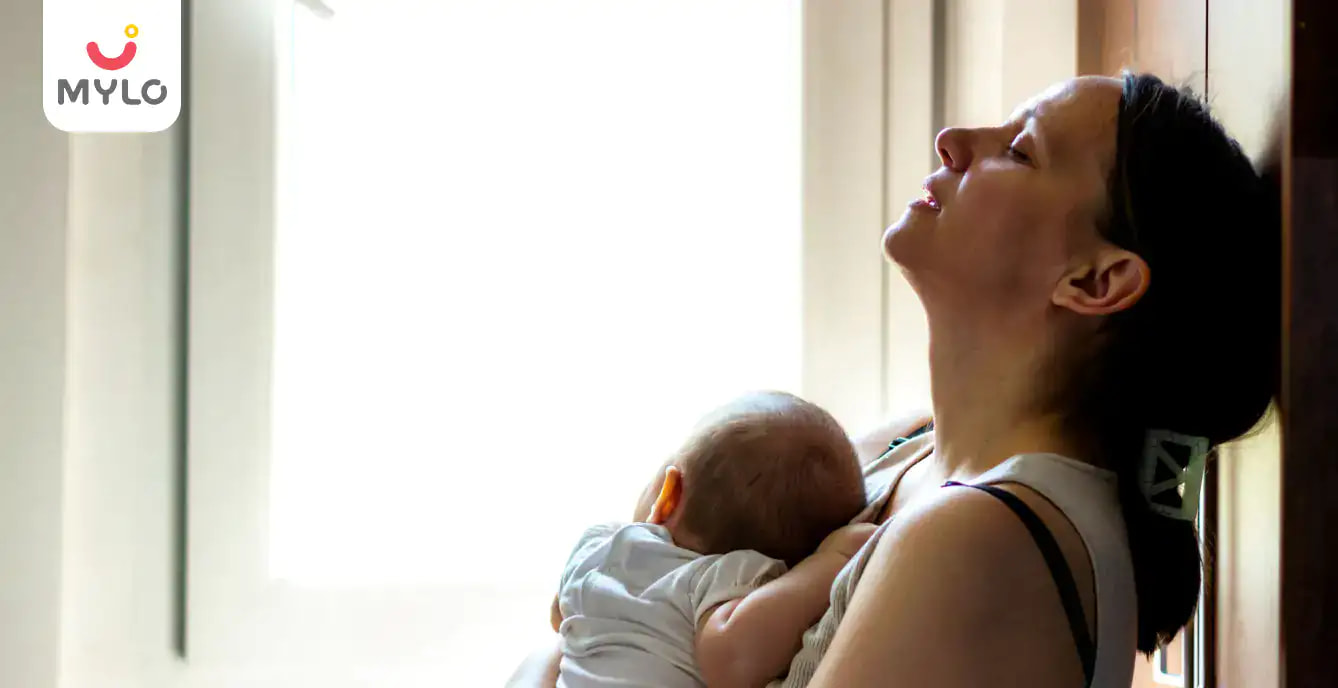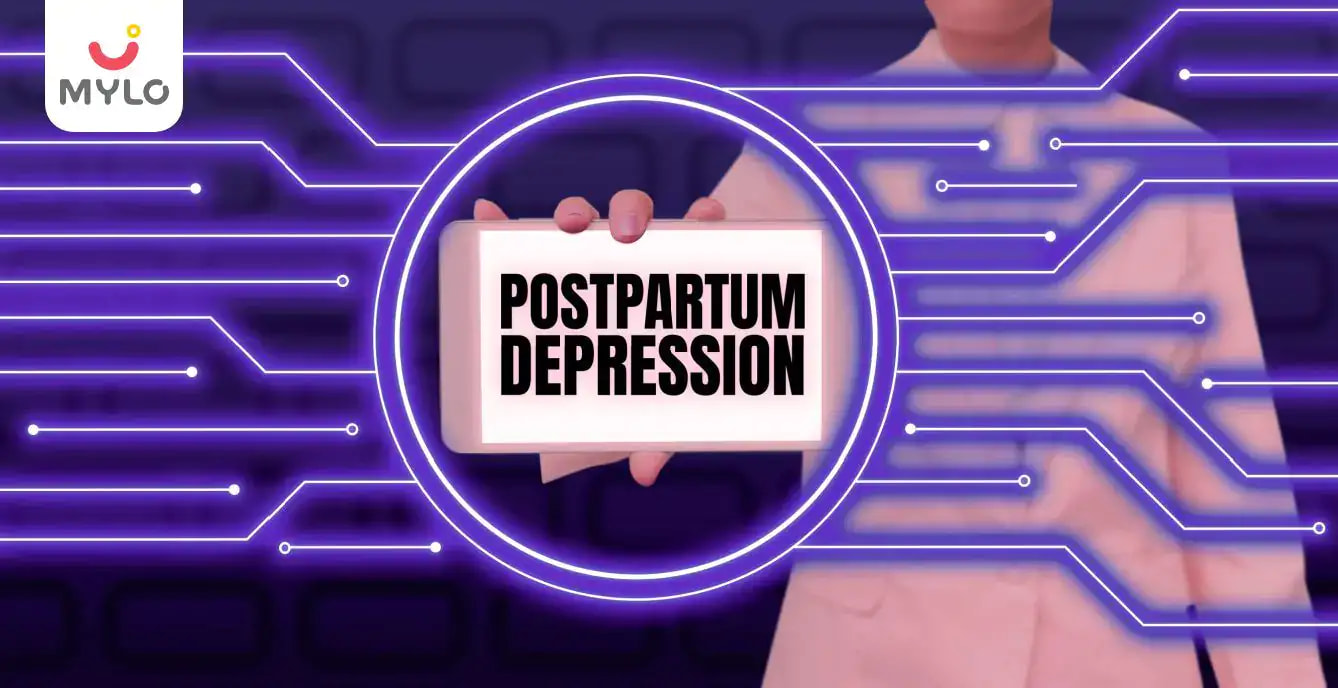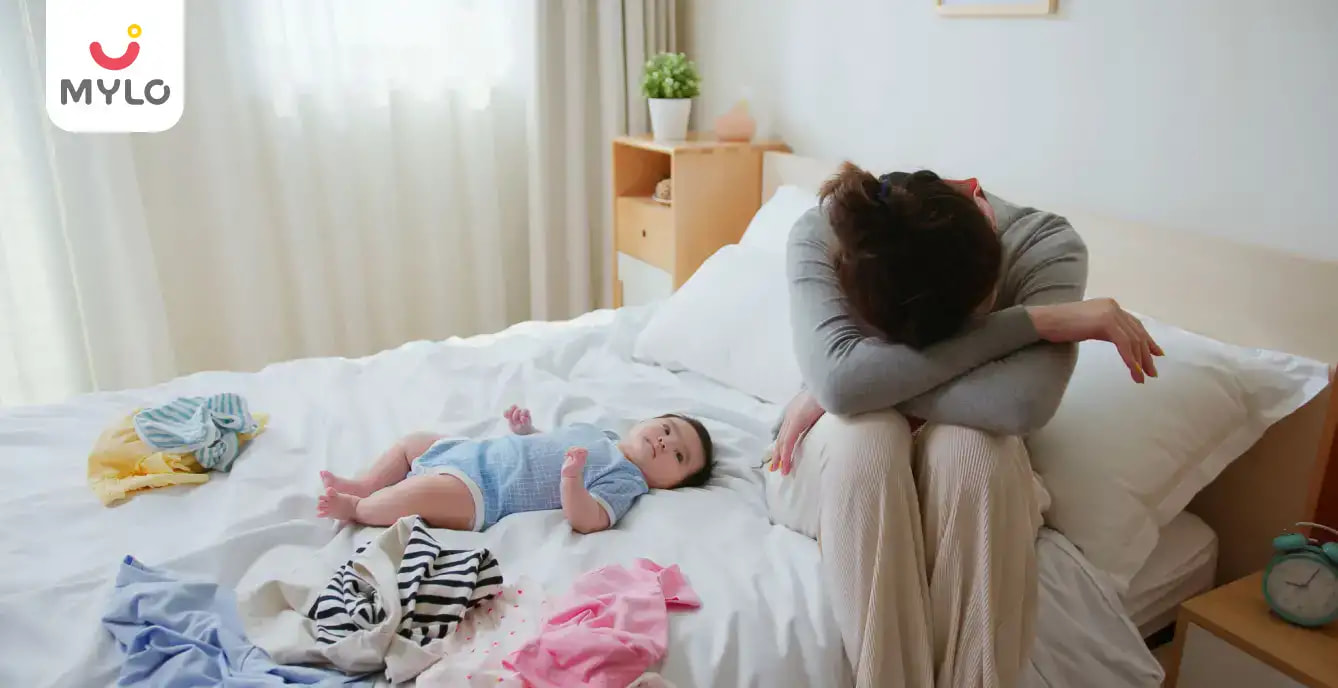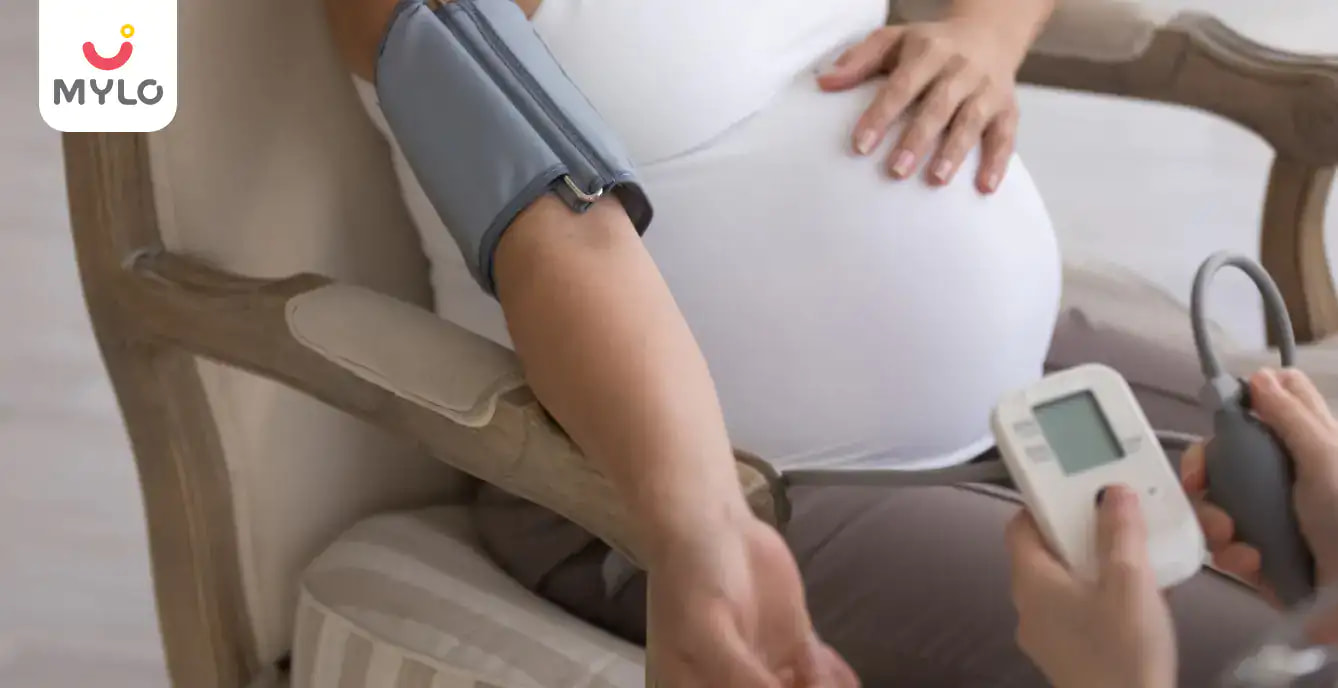Home

Preeclampsia

Postpartum Preeclampsia Causes, Treatment, Tips For Relief
In this Article
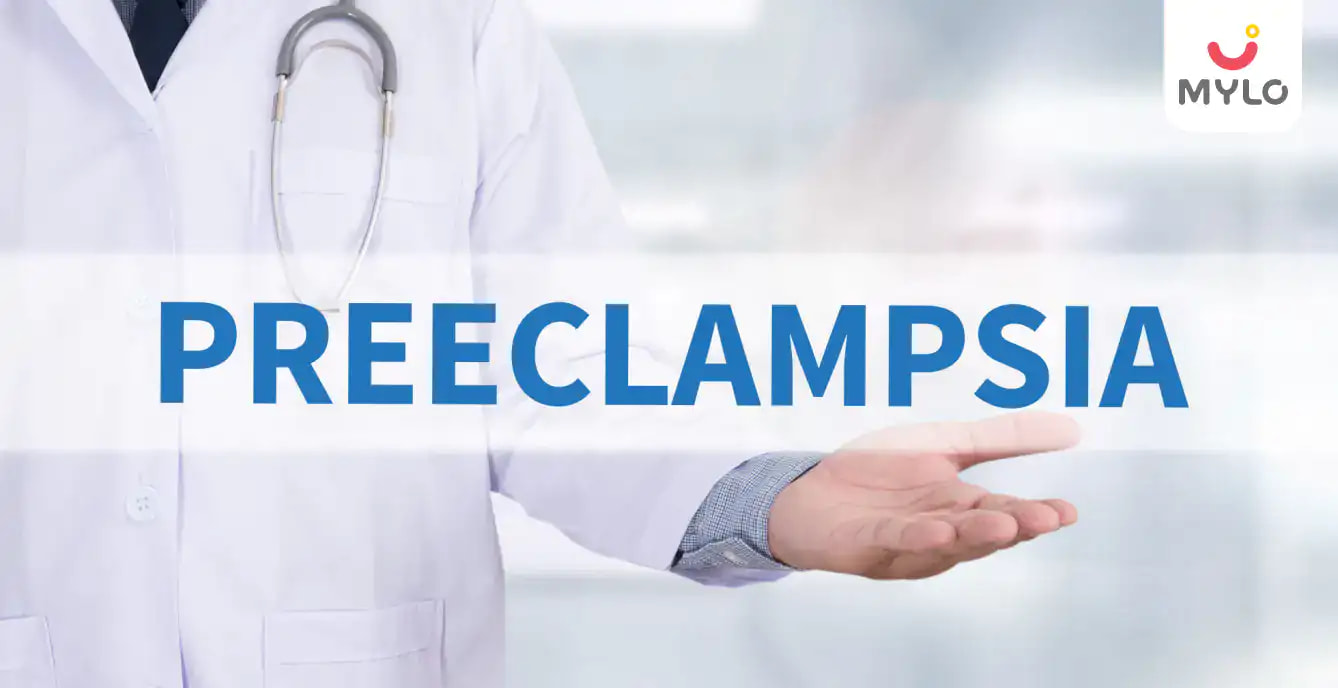
Preeclampsia
Postpartum Preeclampsia Causes, Treatment, Tips For Relief
Updated on 3 November 2023
After having a baby, it's normal to feel tired and overwhelmed. But if the new mother is also feeling short of breath, dizzy, or has severe headaches, she could be suffering from postpartum preeclampsia. This serious condition can be dangerous for both the mother and the newborn child, so it's important to be aware of the symptoms and to get treatment as soon as possible. In this blog, the causes of postpartum preeclampsia, its symptoms, and proper diagnosis will be explored. Those experiencing any of the symptoms, shouldn't hesitate to reach out to a doctor immediately.
What Is Postpartum Preeclampsia?
To understand postpartum preeclampsia, it is first important to understand how it is different from preeclampsia before delivery. Preeclampsia is a condition that can occur during pregnancy or after delivery. It is characterized by high blood pressure and the presence of protein in the urine. Preeclampsia can be mild, moderate, or severe. Mild preeclampsia usually goes away after delivery. However, severe preeclampsia can lead to serious problems for both the mother and the baby.
Postpartum preeclampsia is a form of preeclampsia that develops after delivery. It is more common in women who have had preeclampsia during their pregnancy. The symptoms of postpartum preeclampsia are similar to those of preeclampsia during pregnancy. They include high blood pressure and protein in the urine. Postpartum preeclampsia can also cause headaches, blurred vision, and upper abdominal pain. If left untreated, it can lead to postpartum eclampsia, a condition where the mother has seizures during or after delivery.
When Does Postpartum Preeclampsia Start?
Postpartum preeclampsia is a form of high blood pressure that can develop after childbirth. It usually occurs within the first two weeks postpartum, but it can sometimes occur up to six weeks after delivery. While most cases of postpartum preeclampsia are mild, some can be severe and lead to serious complications, such as stroke or kidney failure or even postpartum eclampsia, where the mother can end up having seizures, creating major complications for both the mother and the child. So if any young mother has developed any symptoms of postpartum preeclampsia, such as headaches, blurred vision, or upper abdominal pain, she needs to contact her doctor right away.
What Are The Risk Factors For Postpartum Preeclampsia?
There are several risk factors associated with postpartum preeclampsia. These include:
- Having a history of preeclampsia or postpartum eclampsia during a previous pregnancy
- Being pregnant with twins, triplets, or more
- Having a family history of preeclampsia or postpartum eclampsia
- Being obese or overweight
- Having high blood pressure
- Having diabetes
So for those who have any of these risk factors, it's important to discuss them with medical personnel before thinking of becoming pregnant or conceiving. They may be able to offer some tips on how to reduce major risks and will aid by closely monitoring the pregnancy.
What Causes Postpartum Preeclampsia?
There are many possible causes of postpartum preeclampsia, but the exact cause is unknown.
Possible causes include:
- Changes in the placenta during pregnancy
- Abnormal blood vessels in the placenta
- Problems with the immune system
- Genetic factors
Postpartum preeclampsia is more likely to occur in women who have a history of preeclampsia, high blood pressure, diabetes, or kidney disease. Therefore, it needs to be tackled promptly before it evolves into postpartum eclampsia.
What Are The Signs Of Postpartum Preeclampsia?
New mothers who have never experienced this condition might not be aware until it is too late. Hence, it is very important to clearly understand the symptoms of postpartum preeclampsia and eclampsia, which, as mentioned above, can occur anytime between a few days to weeks after giving birth. Here is a comprehensive list of symptoms:
- High blood pressure
- Swelling in the hands, feet, and face
- Increased protein concentration in the urine
- Severe headaches
- Nausea and vomiting
- Decrease in urination
- Difficulty in breathing
- Fast weight gain
- Sudden, noticeable changes in vision, such as blurred vision or light sensitivity
- Abdominal pain near the rib cage
Therefore, for those experiencing any of these symptoms, it’s important to seek medical attention right away.
How Is Postpartum Preeclampsia Diagnosed?
Postpartum preeclampsia is diagnosed by testing for high blood pressure and protein in the urine after delivery. If someone has postpartum preeclampsia, their blood pressure will be higher than 140/90 mmHg. They will also have protein in their urine, which can be detected with a dipstick test. Timely diagnosis can save new mothers from suffering from postpartum eclampsia. Some cases might even require brain scans if the mother has developed seizures.
Conclusion
To sum it up, postpartum preeclampsia is a potentially dangerous condition that can occur during pregnancy. If left untreated, it can devolve into postpartum eclampsia, a form of severe seizure. Fortunately, there are treatments available that can help relieve the symptoms and enable mothers to have healthy pregnancies and recover after giving birth. To know more about pregnancy-related complications, information and tips, explore our wide range of blogs at Mylo Family.


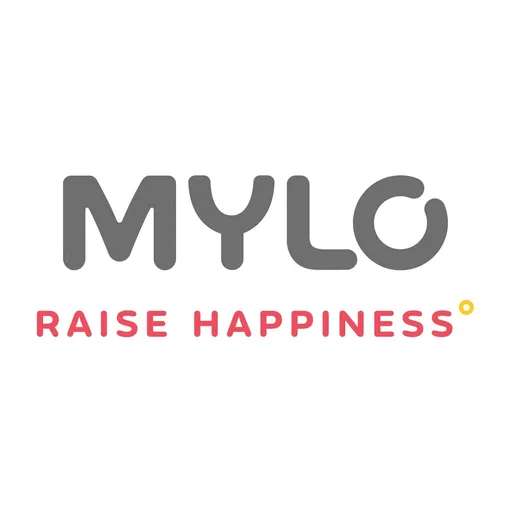
Written by
Mylo Editor
Official account of Mylo Editor
Read MoreGet baby's diet chart, and growth tips

Related Articles
RECENTLY PUBLISHED ARTICLES
our most recent articles

Diet & Nutrition
গর্ভাবস্থায় আলুবোখরা: উপকারিতা ও ঝুঁকি | Prunes During Pregnancy: Benefits & Risks in Bengali

Diet & Nutrition
গর্ভাবস্থায় হিং | ঝুঁকি, সুবিধা এবং অন্যান্য চিকিৎসা | Hing During Pregnancy | Risks, Benefits & Other Treatments in Bengali

Women Specific Issues
স্তনের উপর সাদা দাগ: লক্ষণ, কারণ এবং চিকিৎসা | White Spots on Nipple: Causes, Symptoms, and Treatments in Bengali

Diet & Nutrition
গর্ভাবস্থায় পোহা: উপকারিতা, ধরণ এবং রেসিপি | Poha During Pregnancy: Benefits, Types & Recipes in Bengali

Diet & Nutrition
গর্ভাবস্থায় মাছ: উপকারিতা এবং ঝুঁকি | Fish In Pregnancy: Benefits and Risks in Bengali

Diet & Nutrition
গর্ভাবস্থায় রেড ওয়াইন: পার্শ্ব প্রতিক্রিয়া এবং নির্দেশিকা | Red Wine During Pregnancy: Side Effects & Guidelines in Bengali
- ইনার থাই চ্যাফিং: কারণ, উপসর্গ এবং চিকিৎসা | Inner Thigh Chafing: Causes, Symptoms & Treatment in Bengali
- গর্ভাবস্থায় ব্রাউন রাইস: উপকারিতা ও সতর্কতা | Brown Rice During Pregnancy: Benefits & Precautions in Bengali
- Velamentous Cord Insertion - Precautions, Results & Safety
- Unlock the Secret to Flawless Skin: 7 Must-Have Qualities in a Face Serum
- Unlock the Secret to Radiant Skin: How Vitamin C Serum Can Transform Your Complexion
- Gender No Bar: 10 Reasons Why Everyone Needs a Body Lotion
- Unlock the Secret to Radiant Skin How to Choose the Perfect Body Lotion for Your Skin Type
- Top 10 Reasons to Apply a Body Lotion After Every Bath
- Communication in Toddlers: Milestones & Activities
- How to Improve Vocabulary for Toddlers?
- A Comprehensive Guide to Understanding Placenta Accreta
- Vulvovaginitis in Toddlers Causes, Symptoms and Treatment
- A Comprehensive Guide to Understanding Cerebral Palsy in Children
- Bitter Taste in Mouth During Pregnancy: Understanding the Causes and Remedies


AWARDS AND RECOGNITION

Mylo wins Forbes D2C Disruptor award

Mylo wins The Economic Times Promising Brands 2022
AS SEEN IN
















- Mylo Care: Effective and science-backed personal care and wellness solutions for a joyful you.
- Mylo Baby: Science-backed, gentle and effective personal care & hygiene range for your little one.
- Mylo Community: Trusted and empathetic community of 10mn+ parents and experts.
Product Categories
baby carrier | baby soap | baby wipes | stretch marks cream | baby cream | baby shampoo | baby massage oil | baby hair oil | stretch marks oil | baby body wash | baby powder | baby lotion | diaper rash cream | newborn diapers | teether | baby kajal | baby diapers | cloth diapers |



